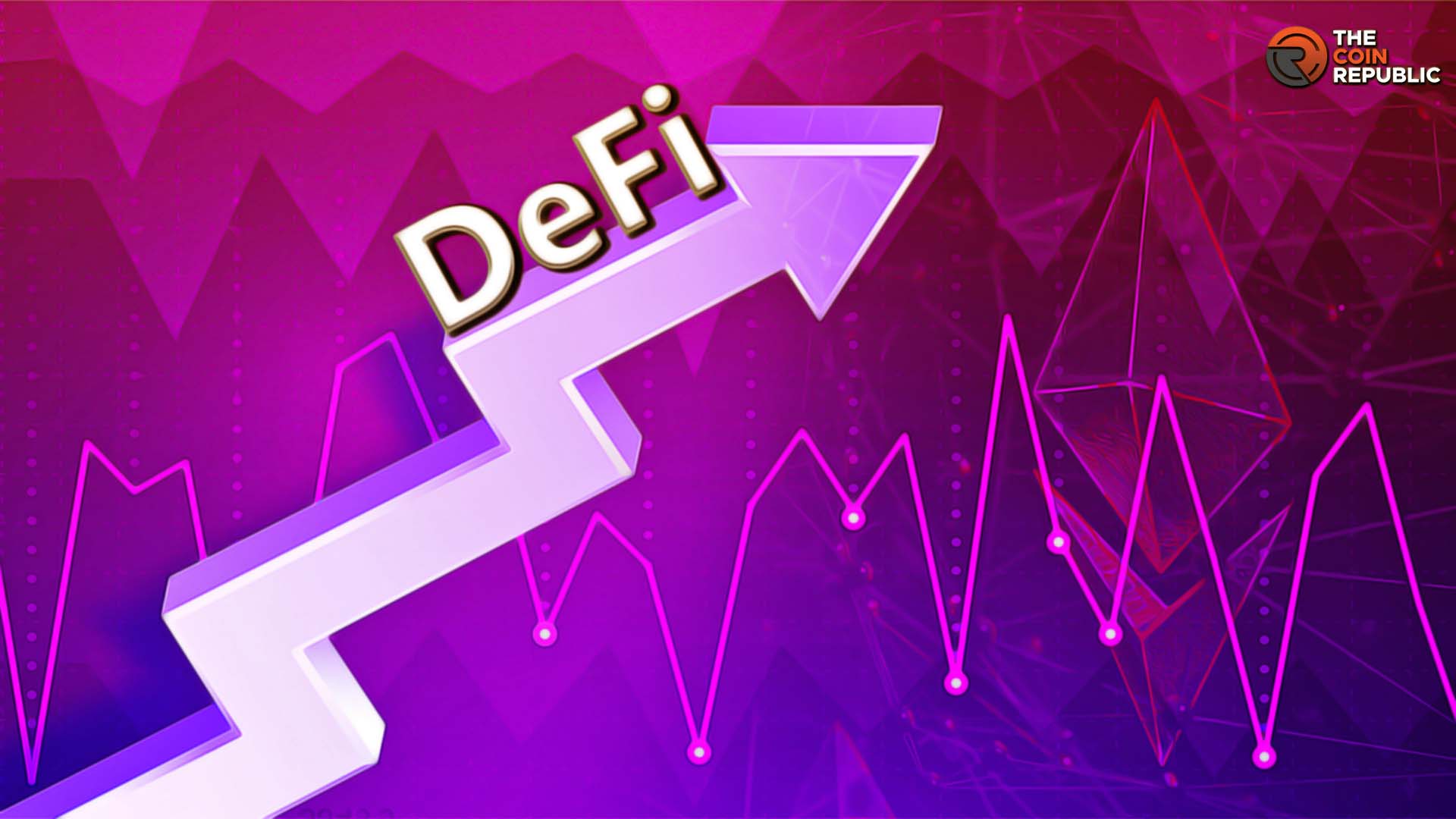3 major blockchain networks powering the crypto industry

[gpt3]rewrite
Since its use more than a decade ago, blockchain has always been in the limelight of the technology world. Simply put, blockchain is a distributed database shared by a number of computer network nodes. Blockchain networks enable permanent, immutable and transparent recording of data and transactions. Peer-to-peer networks, a digital log, and cryptographic keys are the most basic features of a blockchain.
Famous Blockchain Platforms Everyone Should Know About
More blockchains have been popping up every day in the crypto world. Here are the 3 most popular blockchain solutions showing the most trusted execution environments.
- Bitcoin and its key features
The Bitcoin blockchain is a distributed ledger where transactions are conducted in a peer-to-peer network and are secured with cryptographic algorithms, without the involvement of an intermediary. The network uses a Proof-of-Work consensus mechanism, where the nodes or participants are incentivized with rewards to secure the network.
The Bitcoin blockchain stores transaction data or information in “blocks” that are linked together to form a permanent “chain”. Each time a transaction occurs, it is added to a new block and added to the stack of blocks that are stored on top of each other.
A copy of each transaction record is distributed to each node’s ledger which accounts for the traceable and decentralized function of the blockchain. Each new block added makes the previous block unalterable, ensuring the security of the entire network.
The original cryptocurrency that powers the Bitcoin blockchain network is Bitcoin (BTC). It is the most well-known cryptocurrency with a market capitalization that exceeded the $1 trillion mark in 2021.
- Ethereum and its key features
Ethereum is considered the second most popular blockchain solution, surpassed only by Bitcoin. Simply put, it is a decentralized open source blockchain network powered by its own cryptocurrency, Ether (ETH).
The platform natively supports smart contracts and enables users to transact, earn interest and rewards on their digital assets via stake, trade various cryptocurrencies and store non-fungible tokens (NFT).
The concept of Ethereum was first conceived by Vitalik Buterin in 2013 followed by the publication of its whitepaper in 2014. The official launch of the platform was made by Buterin and Joe Lubin, co-founder of Ethereum, in 2015.
High transaction fees and scalability issues have been Ethereum’s most pressing challenges. But switching from Proof-of-Work (PoW) to Proof-of-Stake (PoS) mechanism and slicing has been some significant effort that the platform has taken to become more user and energy friendly.
- Ripple (XRPL) and its key features
Ripple or XRP Ledger (XRPL) is an open source and peer-to-peer decentralized platform that acts as a digital payment network with XRP as its original currency. The platform is a global payment network and allows seamless transfer of money in fiat (e.g. dollar, yen, euro) and digital currencies (e.g. litecoin, bitcoin).
The XRP Ledger was launched in 2012 by David Schwartz and others as an energy-efficient alternative to the Bitcoin blockchain. It is a native token, XRP ranks among the most valuable blockchain-based tokens with a market cap of nearly $28 billion.
Major advantages of the Ripple blockchain network include low transaction costs ($0.0002), high speed (execution of transactions in 3-5 seconds), scalable nature (1500 transactions per second), and eco-friendly attributes.
[gpt3]























